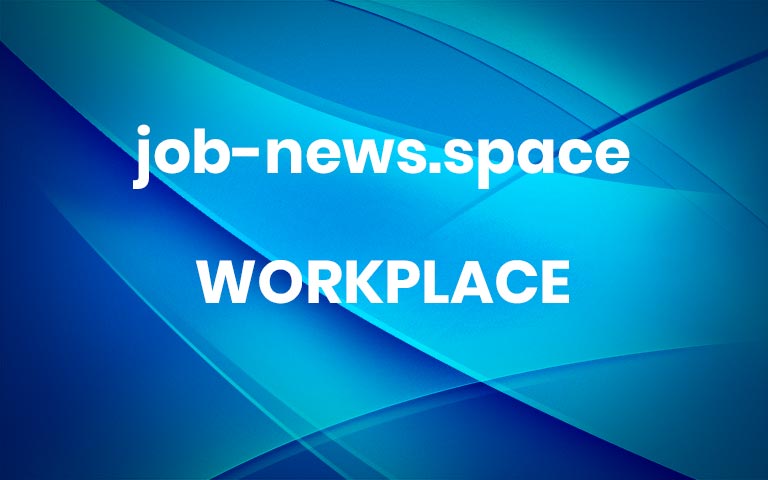A Wake-Up Call: Tackling the Employee Insomnia Crisis
When COVID-19 struck this time last year, most employees were forced to work from home. One of the results of enforced remote working is the rise in the number of people experiencing insomnia. One in four people reported sleepless nights and Google searches for the word “insomnia” surged significantly, with searches peaking most often during the early hours at 3am.
Whilst COVID restrictions may be lessening, a natural return to healthy, regular sleep-wake cycles is not guaranteed in a new hybrid work environment. In this article, I discuss the future of sleep in a post-pandemic workplace and why employers need to provide workplace support for better sleep.
‘Coronasomnia’ – why the nation is having trouble sleeping.
The pandemic and social isolation have unsettled daily routines that usually serve as timekeepers for our natural body clocks. Keeping track of the time, and even the day, can be difficult without our usual time “anchors” like driving to the office, going to the gym after work, or picking up children from school.
Research shows it can take four days to fully recover from just one hour of lost sleep. So, if we are ‘missing’ the recommended 7-9 hours, over time, a sleep deficit is caused. This makes it difficult to catch up on sleep and enhances the chances of sleep deprivation symptoms.
Uncertainty also plays a significant part in affecting sleep, as it often causes anxiety that unsettles sleep as a racing mind keeps the body tossing and turning. When will I get my vaccine? When can I travel or see my family? How long will lockdowns last? So much was (and still is) unknown.
The impact of sleep deprivation on employee productivity and physical and emotional health
Continuous poor sleep has a major impact on employee productivity with it estimated to cost the UK economy £37bn a year. Studies show that sleep deprivation leads to poor concentration and slower reaction times, which can lead to accidents and costly errors. From an emotional health viewpoint, lack of sleep results in higher levels of stress hormones in our bodies which, in turn, can increase feelings of anxiety, anger, and depression.
Even if you receive enough sleep at night, if that sleep is of poor quality it can leave you feeling tired and unmotivated in the morning with decreased energy and concentration. 1-2 poor days of sleep per week increases the risk of employee absence by 171 percent.
Physical symptoms of long-term sleep deprivation can manifest in a weakened immune system, causing regular infections and colds. Without adequate sleep, your body makes fewer cytokines, a type of protein that targets infection and inflammation, effectively reducing the body’s immune response.
Long-term sleep deprivation is also associated with more serious health problems like increased risks of certain cancers, heart disease, ulcers, and gastrointestinal issues.
Will we sleep better in a ‘hybrid work environment?”
Even as restrictions begin to ease, staff sleep patterns may not return to normal as more companies consider a ‘hybrid’ work environment. Many businesses already have a flexible working policy, but some will embrace a permanent blended’ working model, with employees continuing to work from home a few days a week.
Although emotions such as anxiety and uncertainly may reduce, which could have a positive impact on sleep, if more employees continue to work from home, some permanent factors may continue to negatively affect sleep.
For remote workers there is the ongoing risk of ‘leavism’, being unable to switch off or catching up on work outside of contractual working hours. This blurring of home-work boundaries can contaminate our sleep environment. For example, the bedroom doubling up as a workspace may become the norm, as more employees participate in ‘bedmin’ (finishing admin tasks while in bed).
Supporting the future of employee sleep
Employers can lessen some of the health and business risks associated with pandemic sleep disruption by making practical changes to employee work schedules. Avoid scheduling too many early calls and virtual meetings and frequently rotating shifts. For those who work night shifts, if they are rotating, do so in a forward rotation (morning, evening, night).
Set expectations regarding working hours and consider the benefits of setting up an official sleep policy for your organization. Provide virtual talks and invite health experts to discuss the impact of poor sleep and how to support those experiencing sleep difficulties. For example, you could run a seminar on how exercise or management of unhelpful thinking can have a positive impact on sleep quality.
Employers might also consider offering staff cognitive-behavioral therapy (CBT). Whether someone already had chronic insomnia or it’s a recent onset from the pandemic, it’s a treatment that is evidence-based and has proven to be successful for a range of wellbeing difficulties including sleep.
Providing whole of workforce education and self-help resources specifically for sleep (such as an online digital platform), will create an open dialogue around sleep concerns. This facilitates the development of effective support plans and will enable staff and managers to be aware of the benefits of setting healthy boundaries for a better work-life balance.
By Gosia Bowling, Emotional Wellbeing Enhancement and Prevention Lead, Nuffield Health.
Share this post: More


